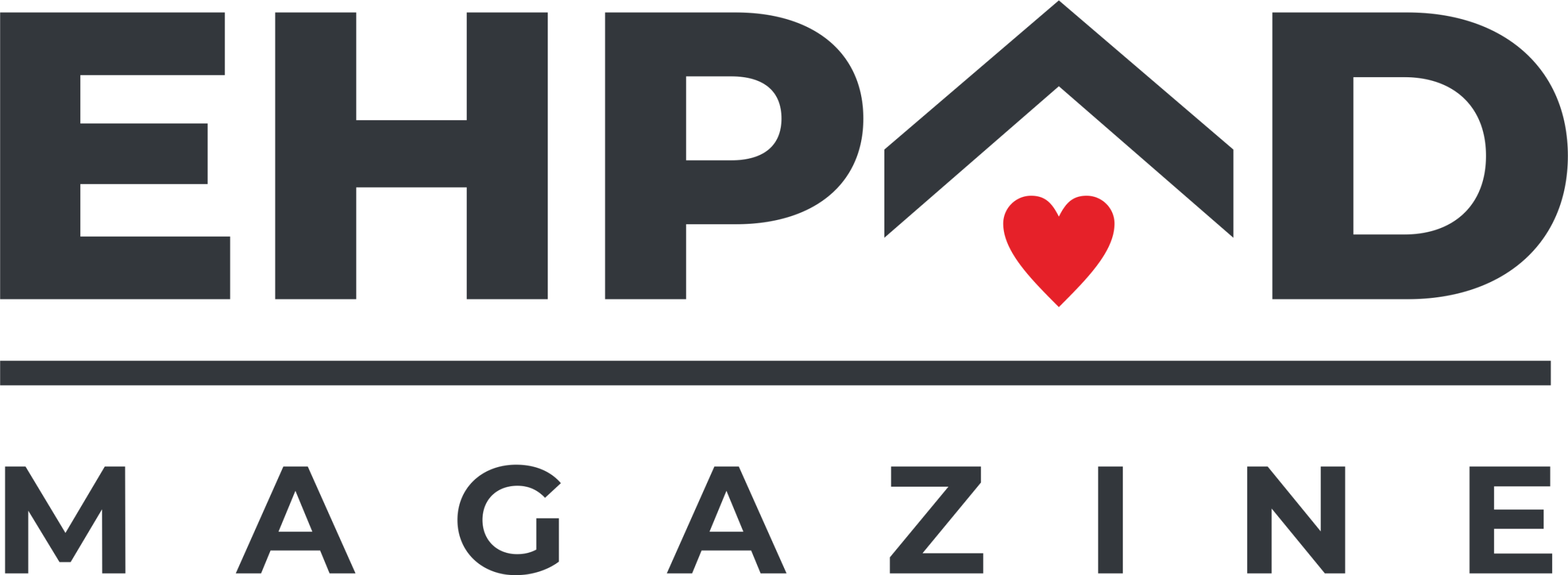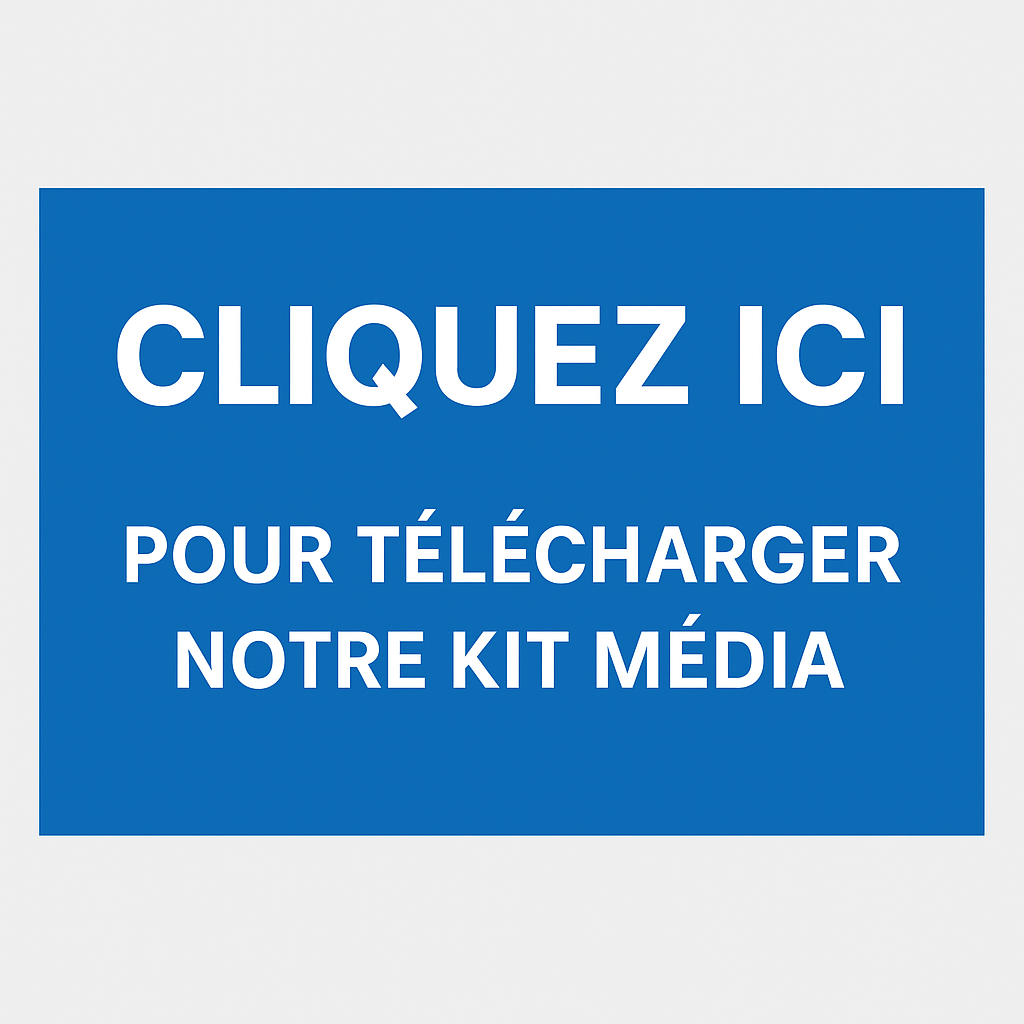Paris, the 8th of October 2025
After years of turbulence marked by scandals, financial distress, and operational challenges, the European nursing home sector is finally showing signs of recovery. Recent developments suggest that major operators like Clariane (formerly Korian) and Emeis (formerly Orpea) are emerging from their darkest period, with improving occupancy rates, better financial metrics, and renewed investor confidence. 🏥
📈 The Turning Point: From Crisis to Recovery
The European retirement and nursing home sector has endured a perfect storm over the past few years. The COVID-19 pandemic disrupted operations, increased costs, and reduced occupancy rates. The 2022 publication of « Les Fossoyeurs » (The Gravediggers) by investigative journalist Victor Castanet brought to light serious allegations about care standards at Orpea, sending shockwaves throughout the industry. Rising inflation, higher interest rates, and increased operational costs further compounded the challenges. 💔
However, recent data suggests the tide is turning. According to Savills’ UK & European Care Home Investment report from July 2025, « operators are reporting continued improvement in occupancy rates year on year, returning to or already exceeding pre-pandemic levels. » This recovery is particularly notable in previously struggling markets such as France and Germany, where fee uplifts are improving profitability. 📊
🏢 Major Operators Lead the Recovery
Clariane: Strengthening Financial Position
Clariane, Europe’s largest nursing home operator by revenue in France, has made significant strides in stabilizing its operations. In its first-half 2025 results published in July, the company struck a notably positive tone, stating that access to funding was « back to normal » following several key financial moves:
• Amendment and extension of its syndicated loan facility 💰
• Arrangement of a €775 million four-year real estate credit facility 🏗️
• Successful issuance of €400 million in unsecured bonds in June, which was more than three times oversubscribed 📈
The company’s Wholeco leverage ratio has declined to 5.6x pro forma from 5.8x, and Clariane has confirmed its target to reduce this ratio below 5.5x by end-2025. The group’s improved leverage was significantly boosted by the mid-June agreement to sell its Petits-fils network to Crédit Agricole Santé & Territoires for €345 million at an impressive 14x EBITDA multiple. 🎯
Emeis: Gradual Stabilization
Emeis, the rebranded Orpea, has also shown signs of recovery despite the severe reputational damage from the 2022 scandal. The company has been working systematically to rebuild trust and improve operations. Like Clariane, Emeis reported positive momentum in its summer results, with management expressing cautious optimism about the company’s trajectory. 🔄
Both companies have seen their share prices rebound significantly from their lows. Emeis recovered from under €5 in late 2024 to approximately €12 by May 2025, while Clariane climbed from around €1 in March 2024 to about €4 by May 2025. This recovery suggests that investors are beginning to believe in the sector’s turnaround story. 📈
🌍 Geographic Recovery Patterns
France: Operational Improvements
In France, the care home sector is achieving EBITDA margins of 20-25%, approaching the pre-pandemic range of 25-30%. This improvement stems from several factors:
• Reduced reliance on expensive temporary workers 👥
• Return to pre-COVID occupancy levels 🏠
• Strategic operational improvements implemented by operators 🔧
• Gradual fee increases being accepted by residents and families 💶
Germany: Selective Recovery
Germany presents a more complex picture. While some operators continue to struggle with regulatory constraints and lower margins (2-3% EBITDA for underperforming entities), better-positioned players are achieving margins in the high single digits. The key differentiator is operational efficiency and strategic positioning in high-demand locations. 🇩🇪
Private operators with greater operational flexibility are particularly well-positioned to benefit from digitalization initiatives and process optimization. However, regulatory pressures remain significant, with fee increases requiring government approval, limiting pricing flexibility compared to markets like the UK. ⚖️
💡 Investment Implications for EHPAD Investors
Improved Risk-Return Profile
The sector’s recovery has important implications for real estate investors considering nursing home investments:
Positive Factors:
• Stabilizing occupancy rates reducing vacancy risk 📊
• Improving operator financial health reducing counterparty risk 🛡️
• Potential for rent increases as operators’ cash flows improve 💰
• Lower interest rates improving financing conditions 📉
Risks to Monitor:
• Regulatory changes, particularly in Germany and France ⚠️
• Reputational risks remain elevated given sector sensitivity 📰
• Demographic pressures on staffing costs 👨⚕️
• Potential for new scandals to emerge affecting sector sentiment 🚨
Market Opportunities
For investors considering EHPAD investments, the current environment presents both opportunities and challenges:
1. Acquisition Opportunities: Some distressed assets may still be available at attractive valuations, particularly from operators undergoing restructuring 🏢
2. Development Projects: With occupancy rates recovering and operators stabilizing, new development projects may become more viable, especially in undersupplied markets 🏗️
3. Sale and Leaseback: Operators seeking to strengthen balance sheets may offer attractive sale-and-leaseback opportunities, as demonstrated by DomusVi’s recent transactions 🤝
🔍 Key Metrics to Watch
Investors should monitor several key indicators when evaluating nursing home investments:
Operator-Level Metrics:
• EBITDA margins and trajectory 📈
• Occupancy rates by facility and region 🏠
• Staff turnover and recruitment success 👥
• Debt-to-EBITDA ratios and covenant compliance 💰
Market-Level Indicators:
• Regulatory changes affecting fee structures ⚖️
• Demographic trends and demand projections 📊
• Competition from new market entrants 🏢
• Public sentiment and media coverage 📰
🎯 Strategic Considerations for EHPAD Invest Clients
For investors working with EHPAD Invest, the current market environment requires careful navigation:
Purchase Strategies
• Due Diligence: Enhanced operator analysis is crucial given recent sector volatility 🔍
• Lease Structure: Consider inflation-linked rent escalations to protect against cost pressures 📈
• Geographic Diversification: Spread risk across multiple markets and regulatory environments 🌍
• Quality Focus: Prioritize modern, well-located facilities with strong operational track records ⭐
Sale Considerations
• Timing: Improving sector sentiment may create better exit opportunities 📅
• Buyer Pool: International investors are increasingly active in European markets 🌐
• Valuation: Recovery in operator performance may support higher asset valuations 💎
🔮 Future Outlook: Cautious Optimism
The European nursing home sector’s recovery appears to be gaining momentum, but challenges remain. Rating agencies have begun upgrading some operators, with S&P upgrading Domidep and DomusVi in 2025, while Moody’s has also improved outlooks for several players. 📈
However, the sector remains sensitive to:
• Regulatory changes that could impact fee structures 📋
• Demographic pressures on labor costs and availability 👥
• Potential for new reputational crises 🚨
• Macroeconomic factors affecting financing and demand 🌍
Investment Recommendations
For EHPAD investors, the current environment suggests:
1. Selective Approach: Focus on high-quality assets with strong operators in stable regulatory environments 🎯
2. Enhanced Due Diligence: Conduct thorough analysis of operator financial health and operational metrics 🔍
3. Risk Management: Implement robust lease structures with appropriate protections 🛡️
4. Market Timing: Consider the improving sentiment while remaining cautious about execution 📅
📊 Key Takeaways in 30 Seconds
• European nursing home operators are showing clear signs of recovery after years of crisis 🌱
• Clariane and Emeis have stabilized operations and improved financial metrics 📈
• Occupancy rates are returning to pre-pandemic levels across key markets 🏠
• Investment opportunities exist but require careful operator and market analysis 🔍
• Regulatory and reputational risks remain elevated despite operational improvements ⚠️
🚀 Conclusion: A Sector in Transition
The European nursing home sector’s emergence from its crisis period represents a significant development for real estate investors. While challenges remain, the combination of improving operational metrics, stabilizing financial positions, and renewed investor interest suggests the sector may be entering a more stable phase. 🌟
For investors considering EHPAD opportunities, the current environment requires a balanced approach: recognizing the improved fundamentals while maintaining appropriate caution given the sector’s sensitivity to regulatory, operational, and reputational risks. Success will depend on careful asset selection, thorough due diligence, and ongoing monitoring of both operator performance and market dynamics. 🎯
The green shoots are visible, but sustainable growth will require continued operational excellence, regulatory stability, and maintained public trust. For those willing to navigate these complexities, the recovering European nursing home sector may offer attractive risk-adjusted returns in the years ahead. 🌱
For expert guidance on EHPAD investment opportunities and comprehensive market analysis, contact EHPAD Invest for a personalized consultation and free property valuation.


